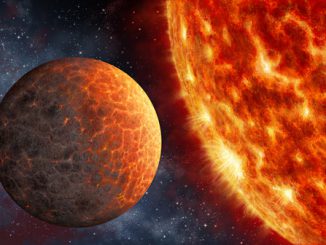
SETI Institute

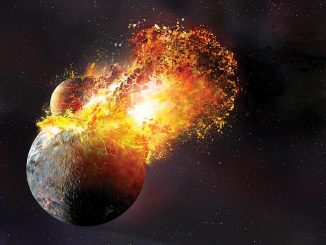
Did early Earth spin on its side?
New theoretical modelling of the ancient history of the Earth and the Moon suggests that the giant collision that spawned our natural satellite may have left Earth spinning very fast, and with its spin axis highly tilted. The simulations give new insight into the question of whether planets with big moons are more likely to have moderate climates and life.

New planet Kepler-1647b is largest discovered that orbits two suns
If you cast your eyes toward the constellation Cygnus, you’ll be looking in the direction of the largest planet yet discovered with the widest orbit around a double-star system. It’s too faint to see with the naked eye, but a team led by astronomers from NASA’s Goddard Space Flight Center and San Diego State University used NASA’s Kepler Space Telescope to identify the new planet.
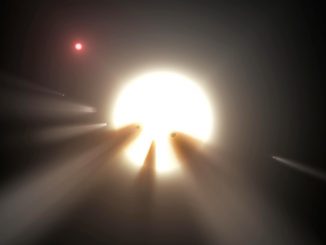
Natural causes, not aliens, explain mystery star’s behaviour
Media interest went viral last October when a group of astronomers from Pennsylvania State University cited that the “bizarre light curve” of KIC 8462852, popularly known as Tabby’s star, was “consistent with” a swarm of alien-constructed megastructures. Now, the results of a new study make it far less likely that KIC 8462852 is the home of industrious extraterrestrials.
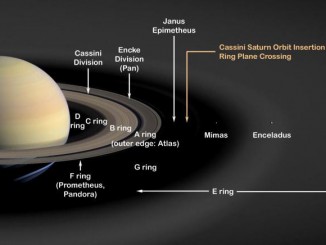
Moons of Saturn may be younger than the dinosaurs
New research suggests that some of Saturn’s icy moons, as well as its famous rings, might be modern adornments. Their dramatic birth may have taken place a mere 100 million years ago. This would date the formation of the major moons of Saturn, with the exception of more distant Titan and Iapetus, to the relatively recent Cretaceous Period — the era of the dinosaurs.
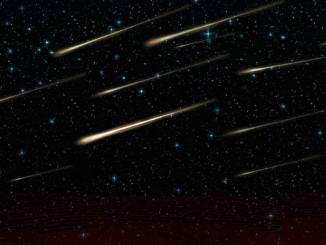
Surprise discovery of new Southern Hemisphere meteor shower
A new network of video surveillance cameras in New Zealand detected a surprise meteor shower on New Year’s Eve. The shower is called the Volantids, named after the constellation Volans, the flying fish, from which the meteoroids appear to stream towards us. The shower was not seen the year before and is not known from past radar observations. It could be an early warning that we should be looking for a potentially hazardous comet in that orbit.

Moon was produced by head-on collision between Earth and forming planet
The Moon was formed by a violent, head-on collision between the early Earth and a “planetary embryo” called Theia (pronounced THAY-eh) approximately 100 million years after the Earth formed, UCLA scientists reveal. This new research also refutes the work of a team of German scientists who, in 2014, reported that the Moon also has its own unique ratio of oxygen isotopes, different from Earth’s.

Kepler marks 1,000th exoplanet discovery with more small worlds in habitable zones
How many stars like our Sun host planets like our Earth? NASA’s Kepler Space Telescope continuously monitored more than 150,000 stars beyond our solar system, and to date has offered scientists an assortment of more than 4,000 candidate planets for further study — the 1,000th of which was recently verified.
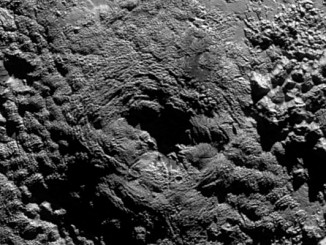
New Horizons finds possible ice volcanoes on Pluto
From possible ice volcanoes to twirling moons, NASA’s New Horizons science team is discussing more than 50 exciting discoveries about Pluto at this week’s 47th Annual Meeting of the American Astronomical Society’s Division for Planetary Sciences. The two cryovolcano candidates are large features measuring tens of miles across and several miles high.

Kerberos completes family portrait of Pluto’s moons
Images just sent back to Earth this week of Pluto’s tiny moon tiny Kerberos taken by NASA’s New Horizons spacecraft complete the family portrait of Pluto’s moons. Kerberos has a double-lobed shape suggesting that it could have been formed by the merger of two smaller objects. It also appears to be smaller than scientists expected and has a highly-reflective surface, counter to predictions prior to the Pluto flyby in July.
